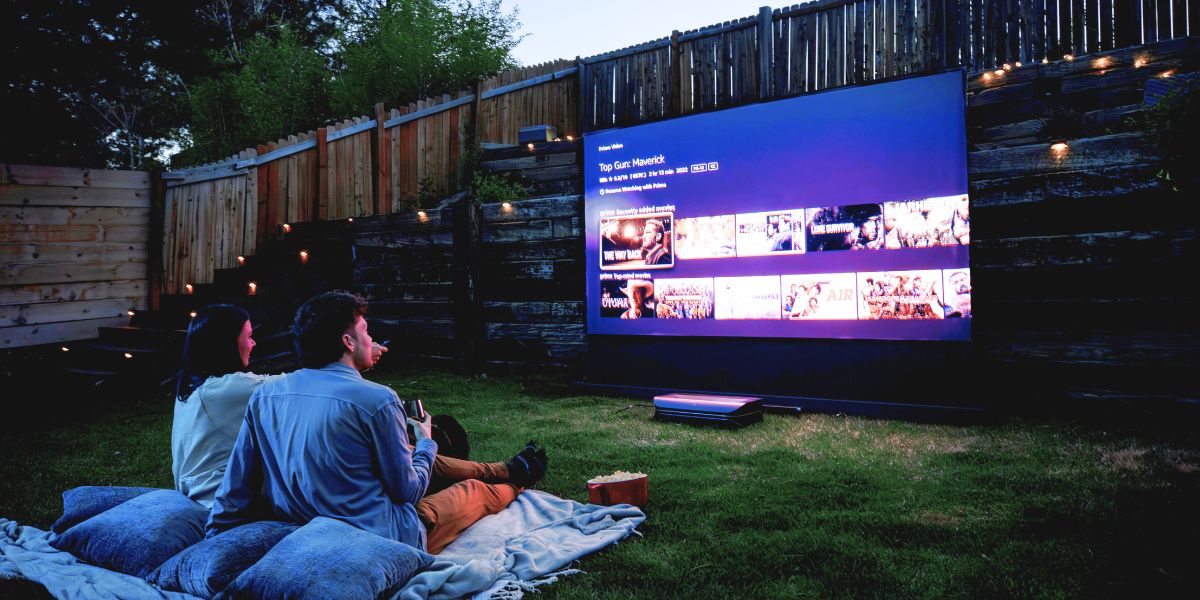Alright, let’s dive into the fascinating world of time zones and explore why they’re so important in our daily lives. Whether you’re traveling across the globe, scheduling a video call with a colleague in another country, or trying to catch your favorite TV show at the right time, time zones play a crucial role in keeping our world running smoothly. So grab your passport, set your watch, and let’s take a closer look at the ins and outs of the different time zones around the world.
First things first, let’s talk about what exactly a time zone is. Simply put, a time zone is a region of the Earth that has the same standard time. The Earth is divided into 24 time zones, each roughly 15 degrees of longitude apart, with one time zone for every hour of the day. These time zones are based on the Earth’s rotation and the position of the sun in the sky, with each time zone representing a different hour of the day, from GMT-12 to GMT+12.
But why do we need time zones in the first place? Well, it all comes down to the fact that the Earth is round and rotates on its axis, which means that different parts of the world experience daylight and darkness at different times. Without time zones, it would be chaos trying to coordinate activities and schedules across the globe, as noon in one place could be midnight in another. time zones help us keep track of time and ensure that everyone is on the same page, no matter where they are in the world.
Now, let’s take a closer look at some of the most common time zones around the world. First up, we have Greenwich Mean Time (GMT), which is based on the time at the Prime Meridian in Greenwich, England. GMT is used as the standard time against which all other time zones are measured, and it serves as the reference point for coordinating timekeeping around the world.
Next, we have Coordinated Universal Time (UTC), which is essentially the same as GMT but is used as the official time standard by international organizations like the United Nations and the World Meteorological Organization. UTC is based on atomic time, which is more accurate than the Earth’s rotation, and it is used as the basis for timekeeping in scientific research, telecommunications, and other precision applications.
Moving on, we have Eastern Standard Time (EST) and Pacific Standard Time (PST), which are two of the most commonly used time zones in the United States. EST is used in the eastern part of the country, including states like New York and Florida, while PST is used in the western part of the country, including states like California and Washington. These time zones are important for coordinating activities and schedules within the United States and for communicating with other countries around the world.
But it’s not just the United States that uses time zones—countries all over the world have their own unique time zone systems, based on their geographic location and political boundaries. For example, India Standard Time (IST) is used in India, Central European Time (CET) is used in much of Europe, and Australian Eastern Standard Time (AEST) is used in eastern Australia. Each of these time zones has its own unique characteristics and quirks, but they all serve the same purpose of keeping time consistent and organized across the globe.
In addition to standard time zones, there are also a number of regions around the world that observe daylight saving time, where the clocks are set forward by one hour during the warmer months to make better use of daylight. This practice is used in countries like the United States, Canada, and parts of Europe, and it can have a significant impact on daily life, affecting everything from sleep patterns to energy usage to business operations.
In conclusion, time zones play a crucial role in keeping our world running smoothly, allowing us to coordinate activities and schedules across the globe and ensuring that everyone is on the same page when it comes to keeping time. Whether you’re traveling abroad, scheduling a meeting with colleagues in another country, or just trying to catch your favorite TV show at the right time, time zones help us stay organized and connected in our increasingly globalized world. So the next time you set your watch or check the clock on your phone, take a moment to appreciate the wonders of time zones and the role they play in keeping our world ticking along.








